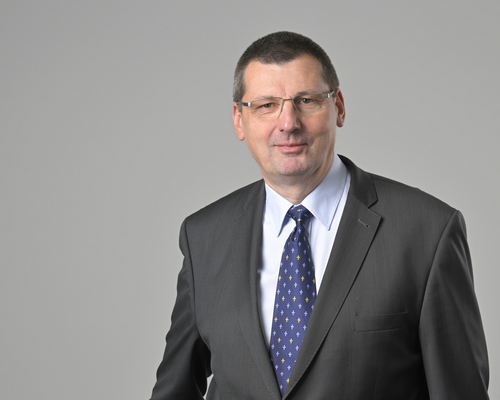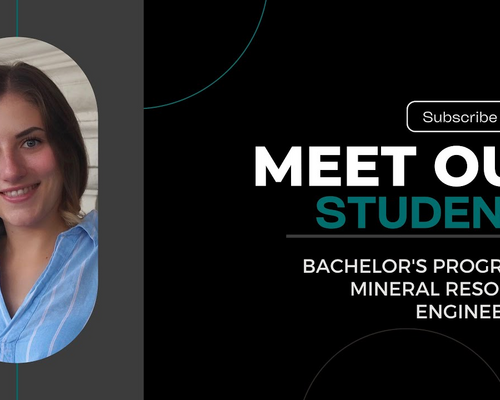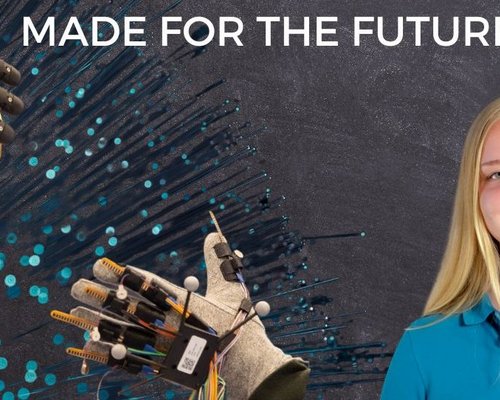On the International Day of Women and Girls in Science (11 February), we acknowledge the great achievements of female researchers. “No matter what gender you are, I think the only thing that matters is that you are motivated and passionate about what you want to do” Pauline is convinced. Find more about her research in this new blog and video which was generously supported by RHI MAGNESITA.

Making Mines Safer
The field of printed electronics, in particular, is constantly opening up new areas of application and has already established itself in many areas of everyday life. It is seen as a key technology for the Internet of Things, the car of the future with flexible displays and sensors, and the next generations of wearables for health and sports, but also to enhance safety by monitoring movements in public infrastructure such as bridges.
Pauline, a PhD student at the Chair of Chemistry of Polymeric Materials at Montanuniversität Leoben, is developing a sensor capable of monitoring the failure of a rock bolt in the rock, as well as the temperature and humidity. In this way, safety in mines will be improved and their digitalization will be developed.
In collaboration with the Chair of Mining Engineering and Mineral Economics, the development of these sensors began with the material selection for the silver ink and the protective coatings required to withstand the harsh conditions of mining.
First Things First
The research started with the design of the sensor structure and the evaluation of the ink materials. Consequently, basic strain sensors were studied using different methods such as tensile tests and aging experiments in a climate chamber. As all researchers have experienced, also Pauline encountered some challenges along the way, but with a great team was always able to find a new way to overcome them.
The method for manufacturing our smart sensors on rock bolts is conducted as following: First, a primer is applied to the rock bolt to create a smooth surface. The strain sensor is then screen printed onto it. Once everything has cured, a protective coating is applied to the sensor. This straightforward method allows sensors to be prepared in a fast and easy way.

Beginnings
Pauline’s home is the South of France - a small village in the Languedoc-Roussillon called Puisserguier. “I have always been interested in how things around me work or are made. When I began to understand that everything around us is chemistry, I immediately had an affinity for it”, she says.
Pauline studied in Montpellier, FR (UM2) where she started to study chemistry in a technical school and then specialized in materials chemistry during her bachelor studies. For her master studies, she majored in chemistry and materials for energy and sustainable development. During the last year of her master studies, Pauline completed an internship at the University of Tallinn, Estonia (TalTech) – that’s when she knew that she wanted to spend more time abroad.
“I had already heard about Leoben and the university because of its prestige, but I had never thought of doing a PhD there. While looking for a job that I came across an application for a PhD that promised versatile and challenging projects. It immediately caught my attention, I decided to apply and here I am, two years later.”




